One of the best places to experience the Andean Dry Desert near Quito, Ecuador is at Parque Jerusalem. Only a short trip from the capital city, it is a must visit destination for dedicated bird watchers and nature lovers, if only to enjoy the dramatic changes in the landscape.
What Makes Parque Jerusalem A Desert?
The cool, high mountains give way to a lower altitude valley with increased temperatures and hardly any rain at all. In fact, Parque Jerusalem qualifies as a desert! It receives only 20 to 40 mm of rain per year. Yes, that’s millimeters, not centimeters. Muy poco.
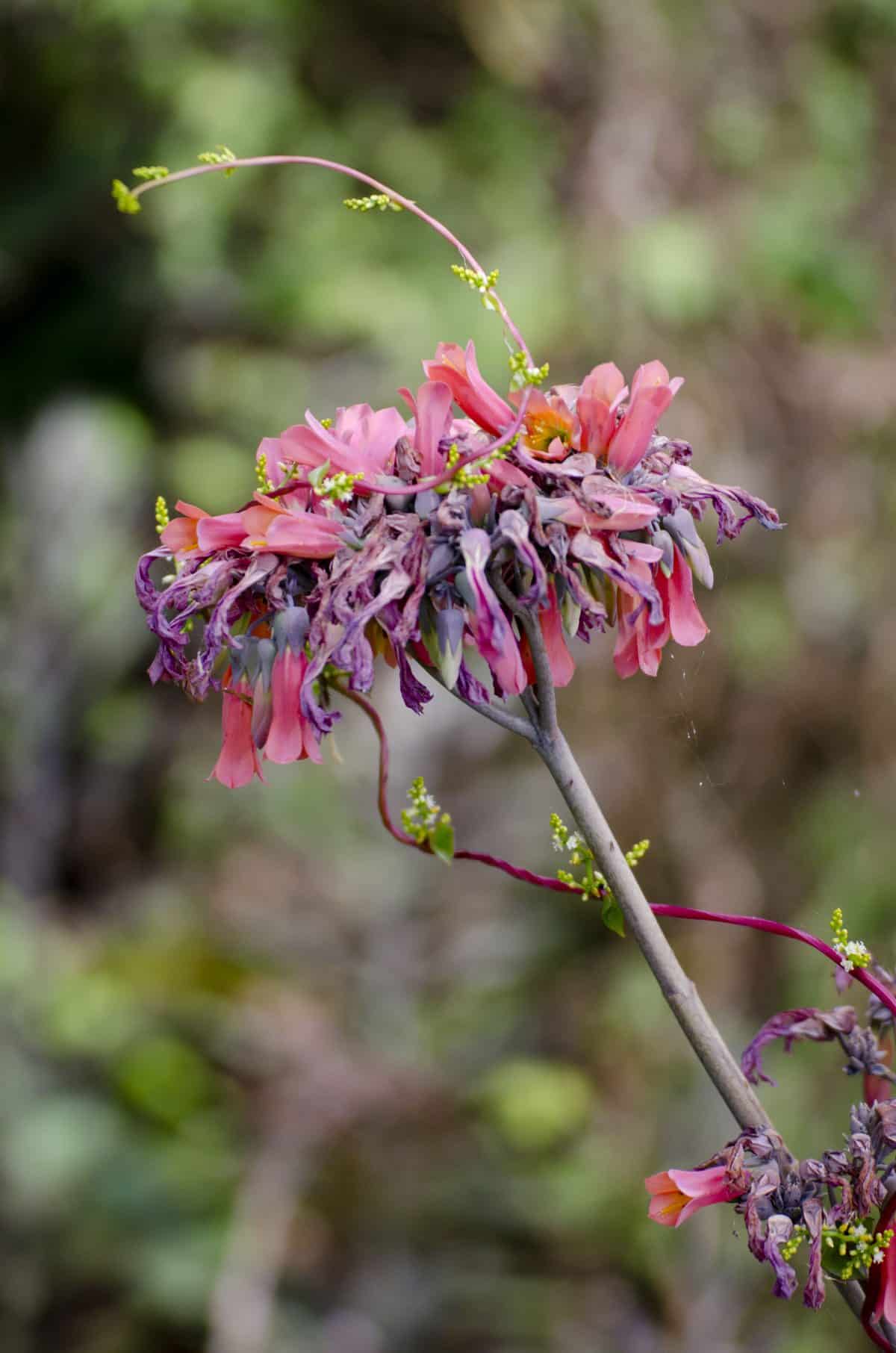

Great Habitat for Birds
Despite the desert conditions, the land is lush with plants including different types of cacti and low scrub. However, there are some trees as well. Furthermore, the habitat is well suited for several types of birds and, as you’ve probably already guessed, we saw lots of them!
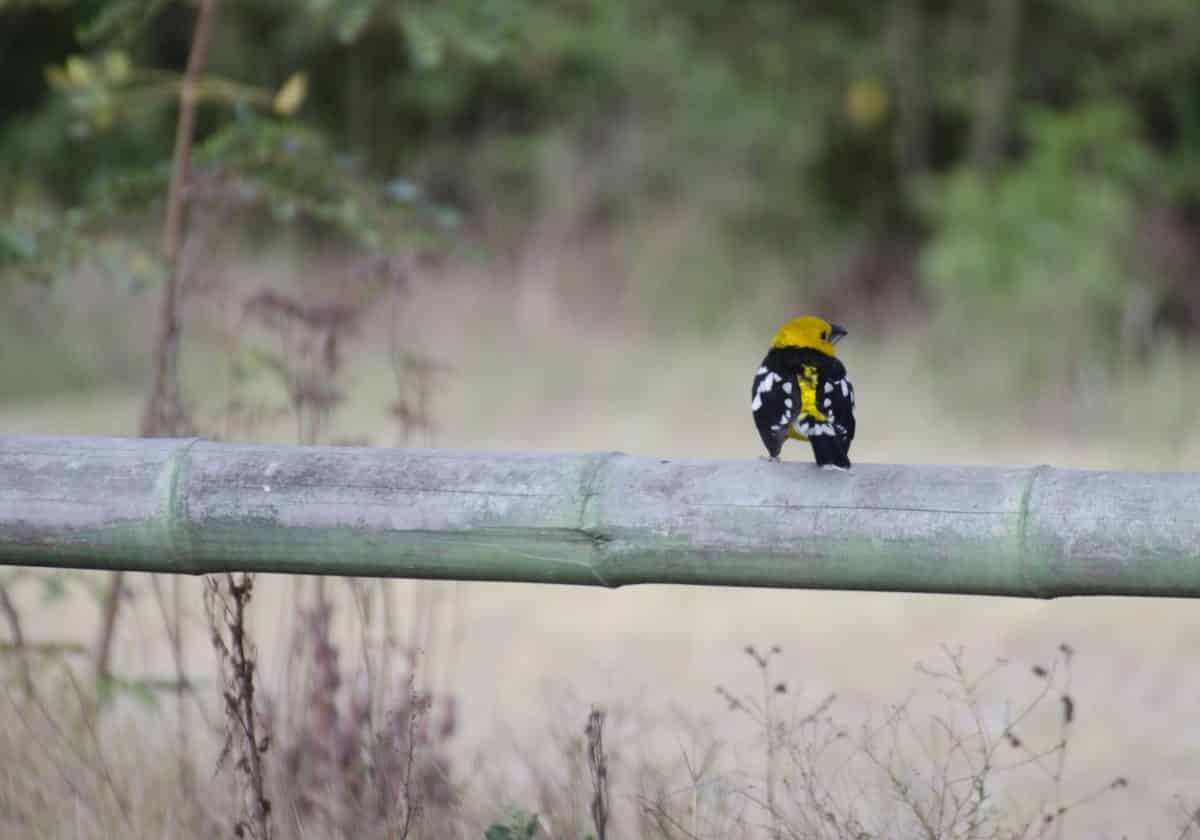
If you are looking for birds, our recommendation is to head out in the early morning or late afternoon. Head to those trails that stay fairly flat through the desert scrub to see the Black Trainbearer Hummingbird and the stunning Vermilion Flycatcher. Birdwatchers have observed the Giant Hummingbird further up the hill, where the cactus plants send out huge flower spikes that attract this largest of hummingbirds.
My favorite place for birdwatching at Parque Jerusalem is the large, manmade pond. Along the shore, there is a huge willow tree. When it flowers, it is covered with hummingbirds and tanagers! What a beautiful sight!

The Trails at Parque Jerusalem
The trails at Parque Jerusalem are very hikable. However, the afternoon sun can be punishing. If you decide to visit, remember your sunhat and bring lots of water. You’ll need them! Furthermore, the bugs can be a little aggressive so bug dope or long sleeves and long pants are highly recommended!
The trails are well-marked and well-maintained. That said, a little bushwhacking might be necessary to reach locations to photograph a few of the harder to see birds.
For those that find hiking difficult, the staff offers a guided tour by a tractor. About a dozen people will fit in the pull-along wagon. Up the dusty hill you’ll go! Once at the top, take in the gorgeous views of the surrounding valley, including the Cochasqui Archeology Park.
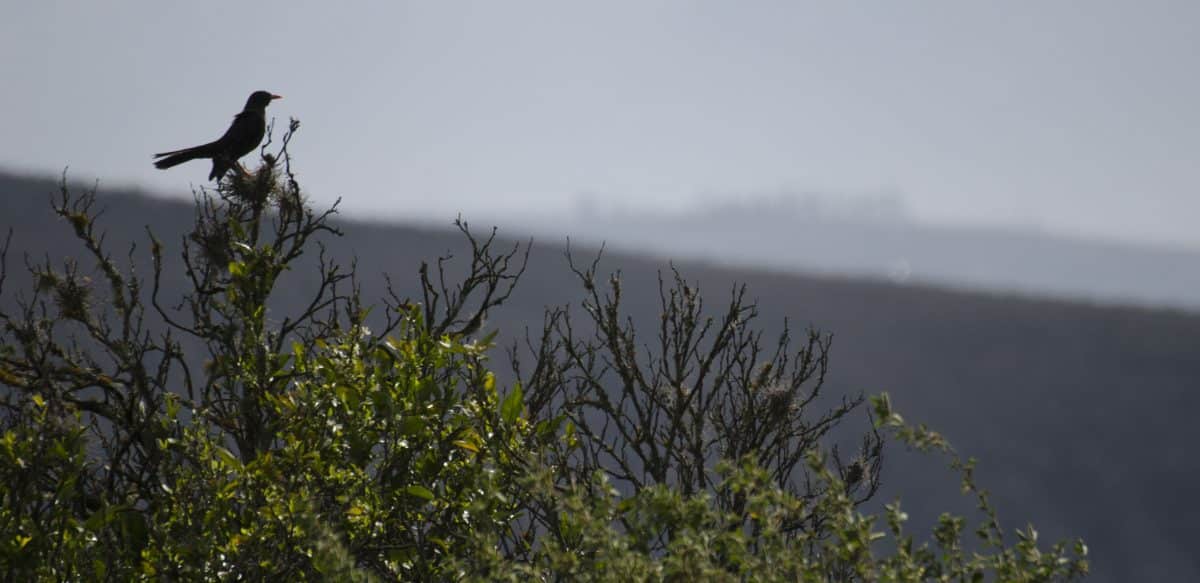
Camping at Parque Jerusalem
It is possible to make this a day trip from Quito. Nonetheless, we highly recommend staying the night.
While I have tried to find updated information about the campgrounds, it is hard to tell from the unfinished website if the campsite remains open and available to guests. And the TripAdvisor reviews are older, from before 2020.
When we have stayed in the past, the campsite was rarely used by others. That meant the park grounds were quieter in the early mornings and the late afternoons. If camping is still available, you’ll have opportunities to see more wildlife and to hike the trails practically alone with an overnight stay.
The old campground included showers, a bathroom, and even a large swimming pool where swallows hunted in the early evening. As darkness fell, bats swooped into hunt insects in the same spot!
Campfires were allowed as were camping stoves. If you decide to give it a go, be sure to bring all of your own supplies. The store/restaurant had inconsistent hours. It was more likely to be open on weekends rather than weekdays and I am sure that has not changed.
Camping at Cochasqui
If you arrive at Parque Jerusalem and cannot camp, there is a nearby solution. A few years ago, Cochasqui Archeology Park opened its own campsite with cabins and space for tents. Read more about their offerings on TripAdvisor.


Parque Jerusalem
Originally published in January, 2014. We have done our best to provide updated information. Be sure to contact the destination for current prices and entry requirements.

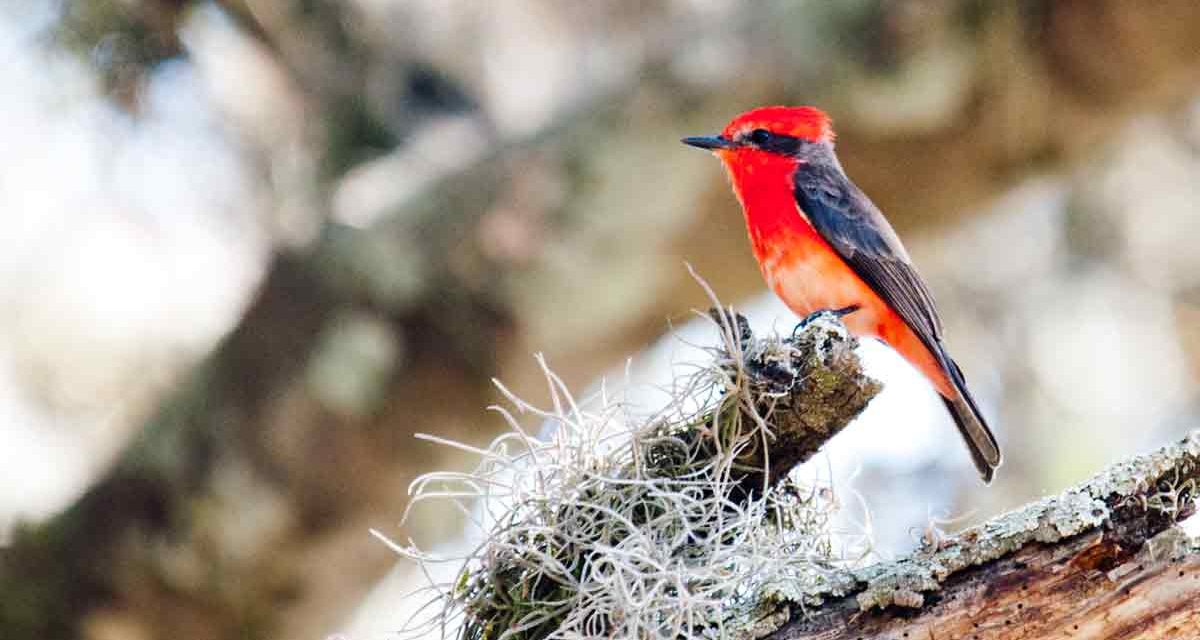
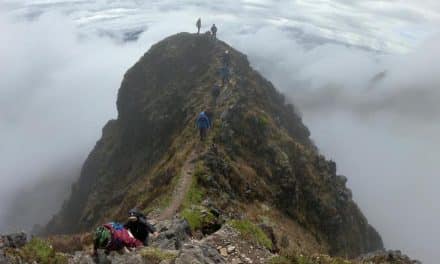
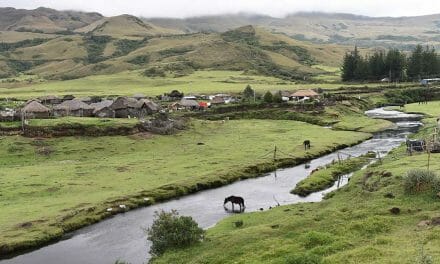
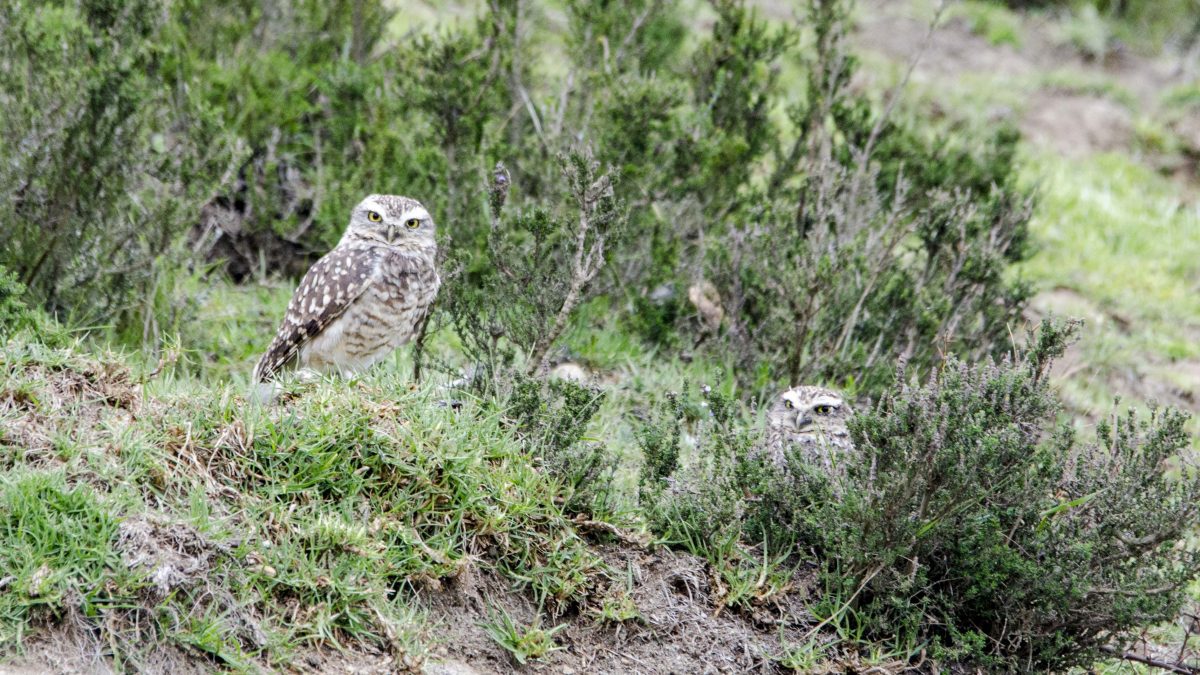

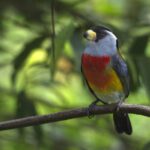

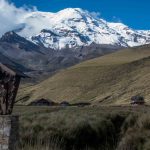

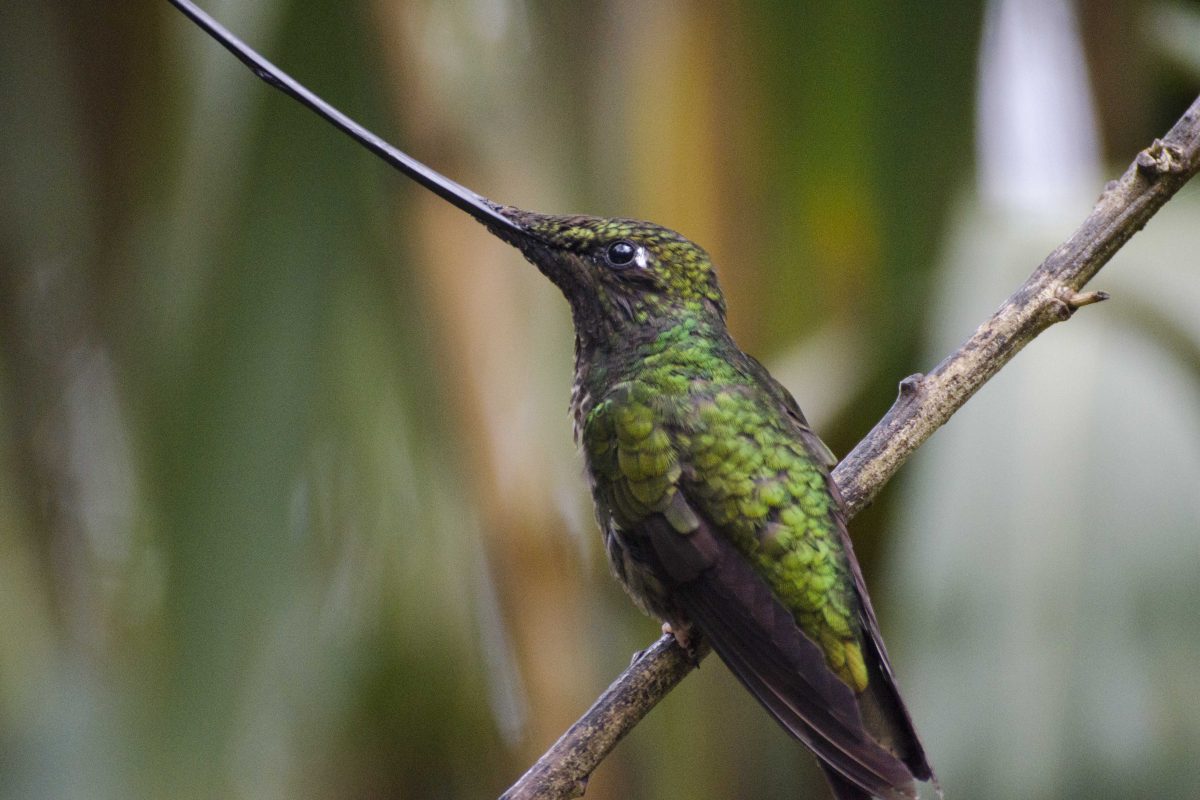
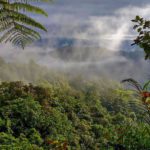

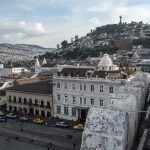
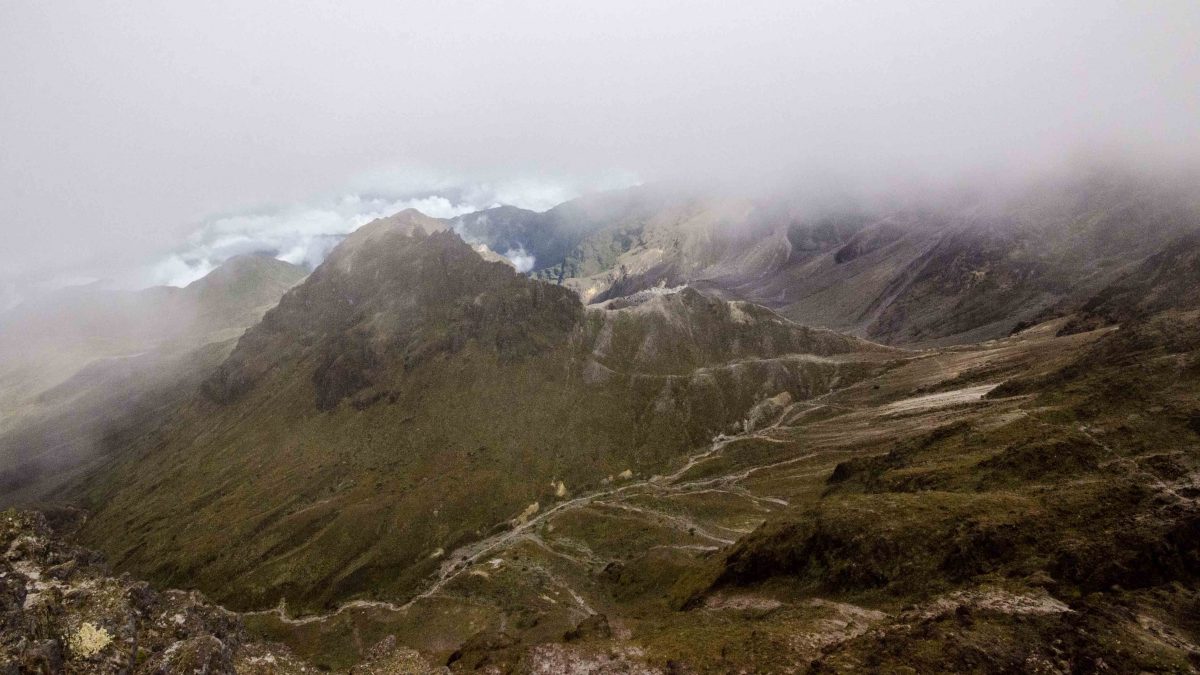
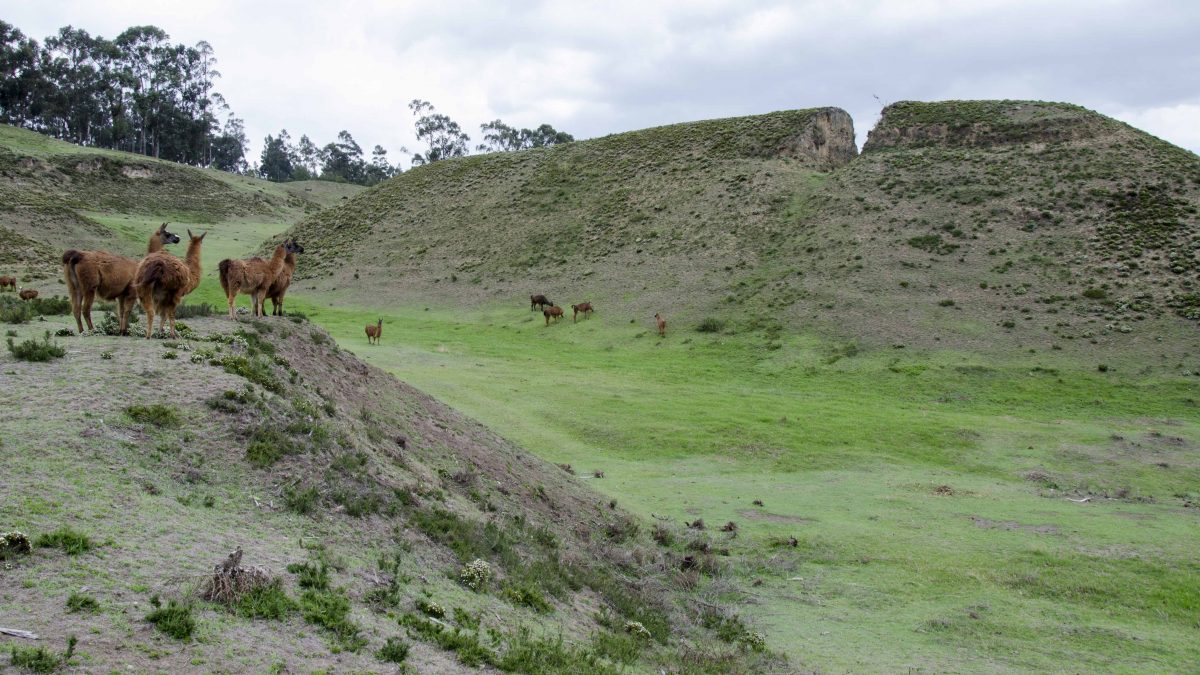
If you would like to recommend your guide here on the page, we would love that. I am in the process of building a list of freelance guides. Feel free to share this link with your guide – https://docs.google.com/forms/d/e/1FAIpQLSeKvflpbYbZ4R62aClGVZelq48WkJTRHzfHsEJQsBU56xz_xg/viewform